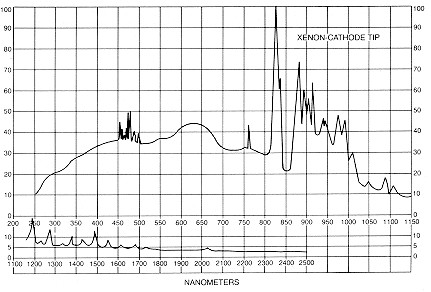
Oxidation number: A positive or negative integer that represents the number of electrons that an atom has gained or lost in a chemical compound.K) at 25 ✬ and 1 at: The ability of a substance to conduct heat, typically given in watts per centimeter per kelvin.K) at 25✬ and 1 at: The amount of heat required to raise the temperature of 1 gram of a substance by 1 degree Celsius at a constant pressure.Fusion enthalpy (kJ/mol): The amount of energy required to convert a substance from a solid to a liquid at a constant temperature.Vaporisation enthalpy (kJ/mol): The amount of energy required to convert a substance from a liquid to a gas at a constant temperature.Electronegativity (Pauling): A measure of an atom's ability to attract electrons in a chemical bond, based on the Pauling scale.Covalent radius (pm): The distance from the center of an atom to the center of another atom with which it is bonded covalently, typically given in picometers (pm).vdW radius (pm): The radius of an atom or molecule as predicted by the van der Waals model, typically given in picometers (pm).Density (g/cm 3): The mass of a substance per unit volume.The abundance of an isotope is the percentage of the isotope in a sample of the element. Isotope ( abundance %): A variant of an element that has the same number of protons in the nucleus, but a different number of neutrons.Earth's crust abundance (ppm): The concentration of an element in the Earth's crust, typically given in parts per million (ppm).Boiling point: The temperature at which a liquid substance turns into a gas.Melting point: The temperature at which a solid substance turns into a liquid.Electron configuration: The arrangement of electrons in an atom or molecule.Natural form: The most stable and abundant form of an element that occurs naturally in the environment.Atomic weight: The average mass of an element's atoms, typically given in atomic mass units (amu).K) at 25 ✬ and 1 at K) at 25✬ and 1 at 0.16 Thermal conductivity (W/cm.Symmary of properties (Xe) Atomic weight 131.293(6) Discoverer (year) Ramsay, William & Travers, Morris William (1898) Natural form gas Electron configuration 4 d 10 5 s 2 5 p 6 M.p. These spectra are usefull to identify the elements present in a sample. This results in a characteristic emission line in the spectra (which corresponds to specific wavelengths of light). When an electron in an atom is excited to a higher energy level, it can de-excite by emitting a photon of light with an energy equal to the difference between the two levels. The orbitals are filled in a specific order, starting with the lowest energy orbital and working up.Įach element in the periodic table presents its own unique emission spectra, which is determined by the energy levels of its electrons. In the electron configuration notation, the letters "s", "p", "d", and "f" represent the different types of atomic orbitals, and the superscripts indicate the number of electrons in each orbital. The electron configuration of an element describes the arrangement of electrons in the atoms of that element, and be used to predict its chemical properties and reactivity. To propel spacecraft, xenon is used in some rocket engines that produce streams of electrified atoms that move rapidly. In food processing, xenon lamps can purify the air. The gas is harmless when inhaled and can be used as an anesthetic. It glows brightly when electrified, making it useful in very powerful lamps, such as those used in film projectors and automobile headlights. Like the other noble gases, xenon is colorless and odorless.

Xenon is so rare that there is only one atom of this gaseous element for every 10 million atoms in the air.


 0 kommentar(er)
0 kommentar(er)
